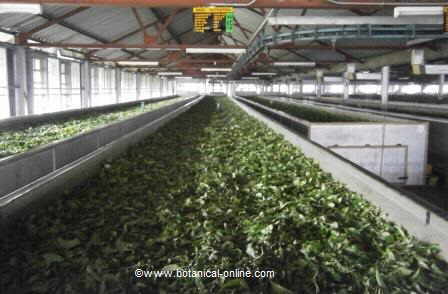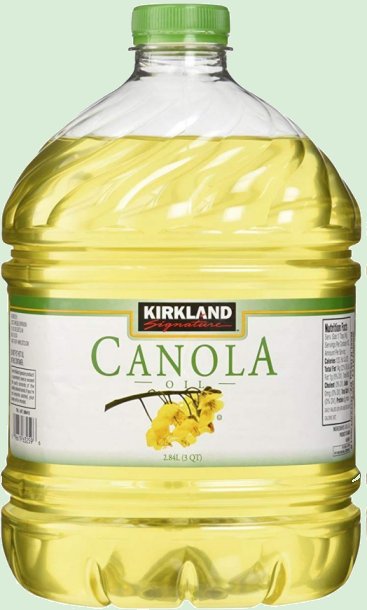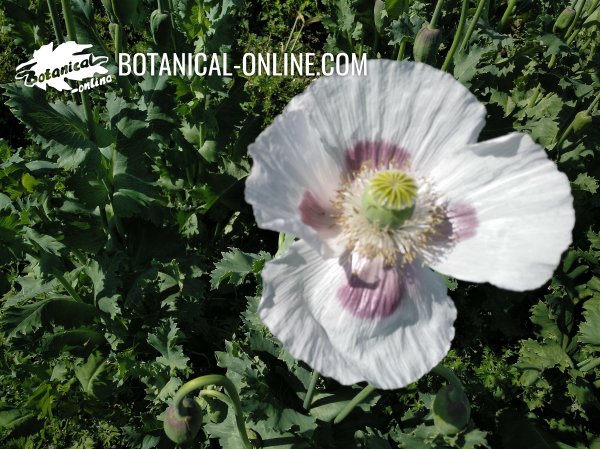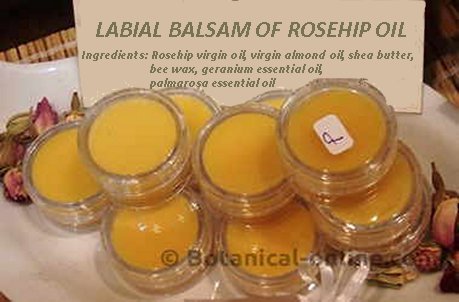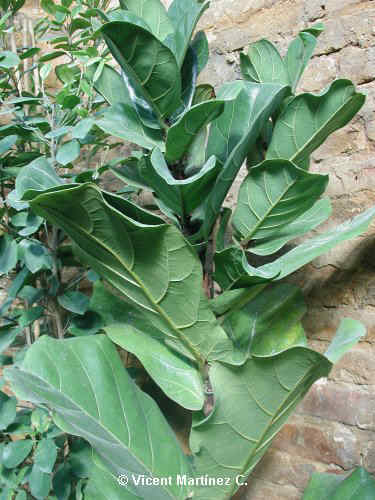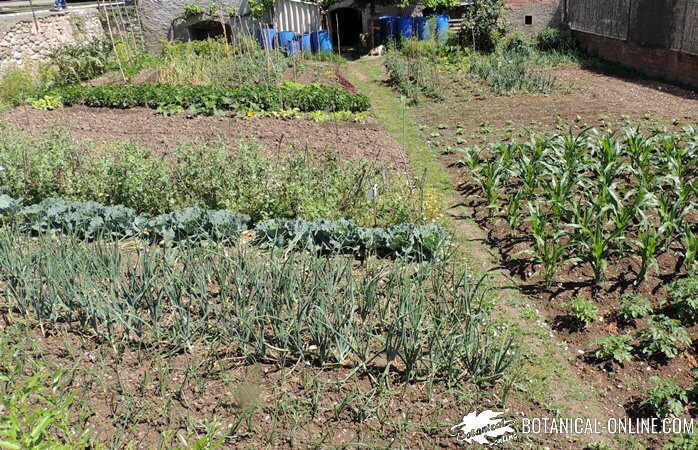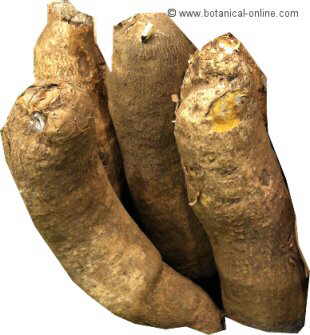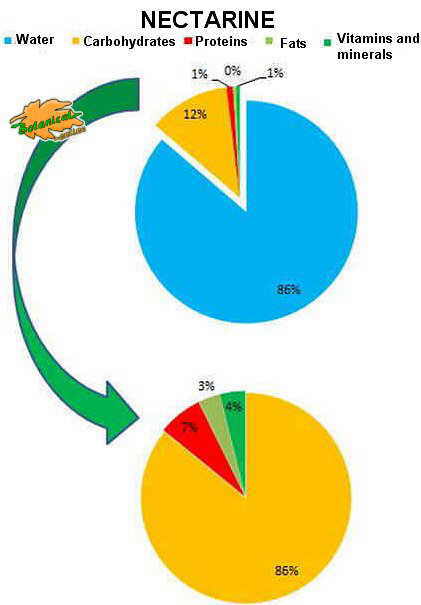Contents
Definition, dangers and characteristics of aflatoxins
What are aflatoxins?
Aflatoxins are toxic substances found in food, mainly in dried seeds and tropical spices. These are produced by fungi that grow in food during processing and storage, called toxicogenic fungi or molds.
When certain fruits are not stored in good conditions (warehouses with temperatures between 25 and 30ºC, with humidity values above 80%, with ventilation problems and lack of light), there is a danger that molds coming from the fields can develop in food, which can be responsible of producing mycotoxins .
These substances are toxic to the human organism. There are different types, and some of them are very harmful, such as aflatoxins.
Harmful effects of aflatoxins in health
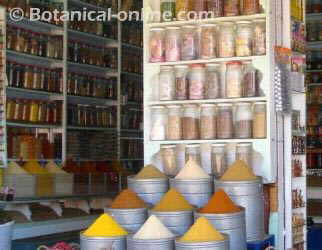
Aflatoxins are a type of mycotoxin. Among all mycotoxins, aflatoxins, which are the waste products that are mainly made by fungi of the Aspergillus genus, are especially harmful.
Aflatoxins have proven to be very harmful to health, both in people and animals, for their toxic effects on the nervous and immune system and their role in the development of liver cancer.
Peanuts, for example, stored in poor conditions, are likely to develop Aspergillus that produce aflatoxins.
Dangers of aflatoxins
Many studies have been conducted on this subject, after the famous chicken poisoning in England where, in the late 60s, there was a high mortality after these animals ate feed contaminated with these fungi.
A very significant study was conducted in Holland where the number of cancers developed in workers who obtained oil from peanut was investigated. Peanut or peanut is a legume that usually develops this toxin when stored in poor conditions.
The results showed a three times higher incidence of cancer than other groups that did not work in the same activity.
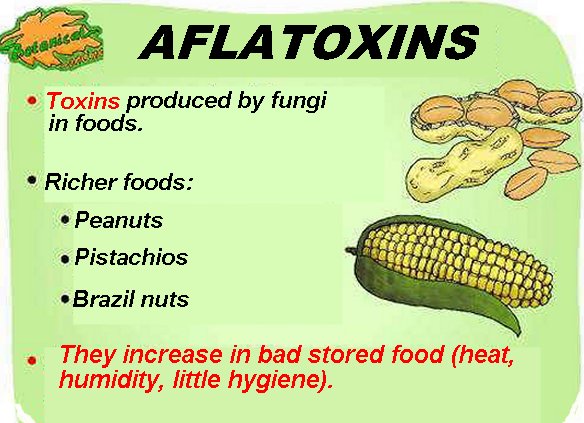
How to eliminate aflatoxins, prevention and disinfection
Health administrations consider that aflatoxins are inevitable contaminants in food and that certain levels of them are tolerable and do not harm health.
The EC considers that levels of these substances between 2 0 4 mcg per kilogram have no negative effect on health and, therefore, these foods can be eaten safely.
In theory, health administrations carry out exhaustive analyzes to check the level of aflatoxins in food. In practice, many analyzes carried out have demonstrated the presence of these toxins in many foods commonly sold in the market, especially in those that came from countries where the products are poorly controlled sanitary, which forced to withdraw whole items .
Tips to buy securely
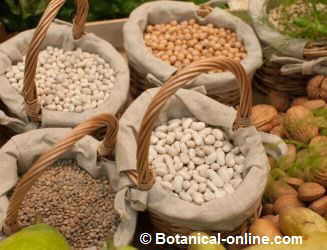
Therefore, we must be cautious when buying or eating these foods, and above all, keep them in the highest hygiene conditions. The best measures to avoid this contamination would be:
- Buy these products properly packaged: the expiration date, place of manufacture, responsible company, etc. must be known.
- Reject those fruits that have molds, are very dry or with abnormal colors.
- Do not let them get rancid. Consume as soon as possible once opened and keep them in suitable containers, dry and away from sources of heat.
- Do not consume spices or seeds after their expiration date.
- Try to buy packaged seeds, avoiding buying food in bulk that we will keep for a long time.
![]() More information on aflatoxins
More information on aflatoxins

